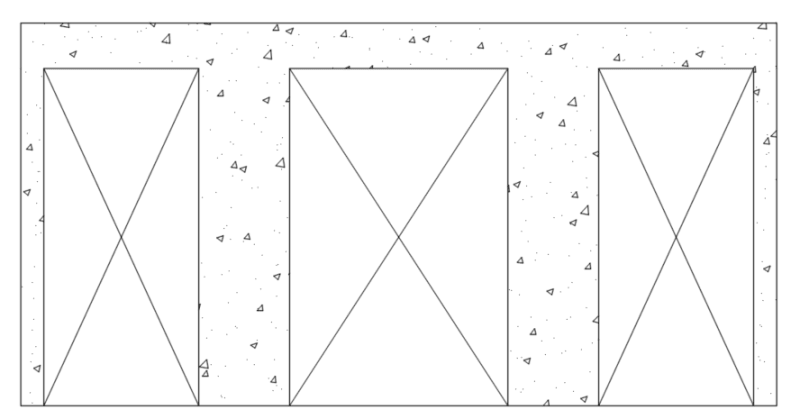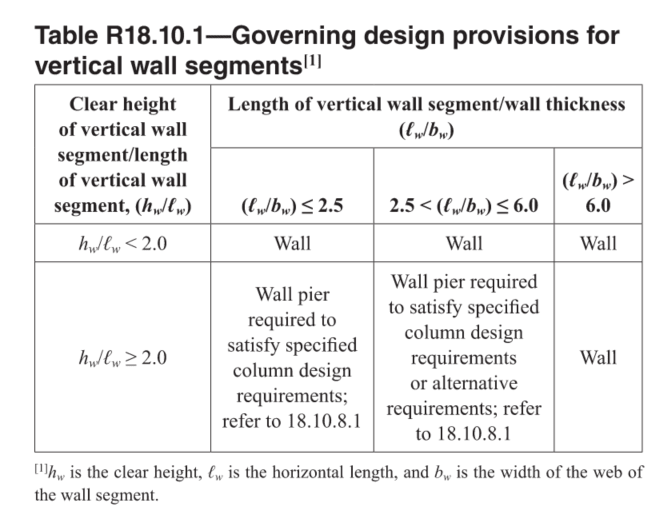StrEng007
Structural
- Aug 22, 2014
- 543
Realizing this is a rather vague question, I need to refresh myself on concrete frame design vs shell/wall design.
When designing a frame such as the one shown below, how does one determine if the frame MUST be designed as a concrete moment frame, or simply a gravity beam supported on individual piers that can behave like individual shear walls? I know this is going to depend on two things: the aspect ratios of the vertical elements, and the detailing of reinforcing bars.

When designing a frame such as the one shown below, how does one determine if the frame MUST be designed as a concrete moment frame, or simply a gravity beam supported on individual piers that can behave like individual shear walls? I know this is going to depend on two things: the aspect ratios of the vertical elements, and the detailing of reinforcing bars.


